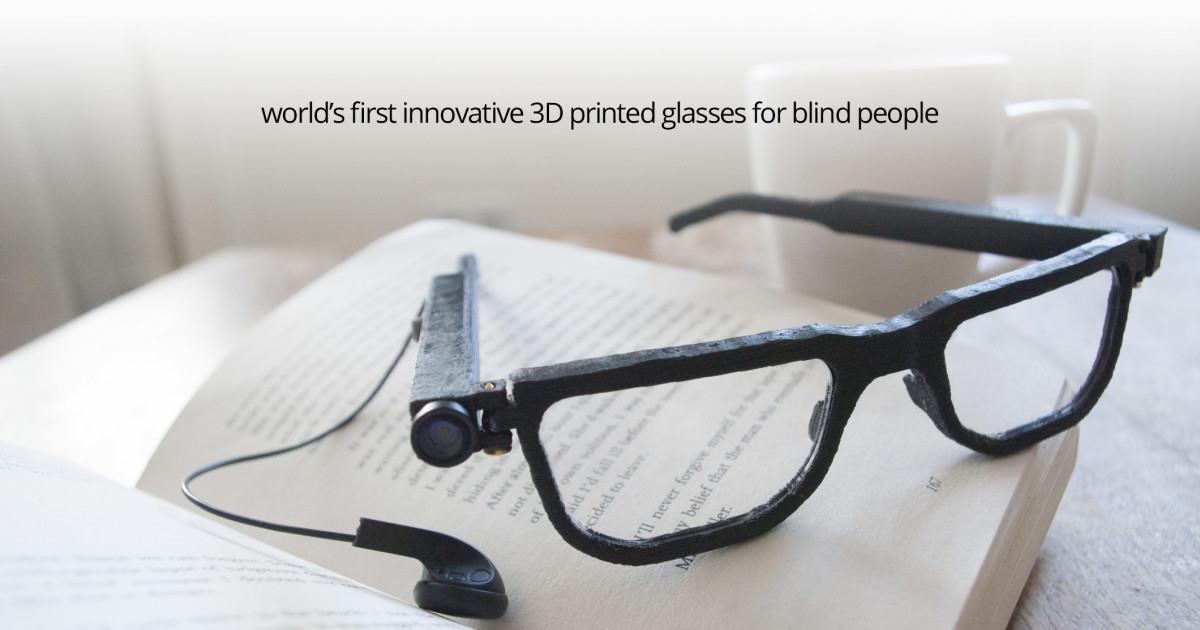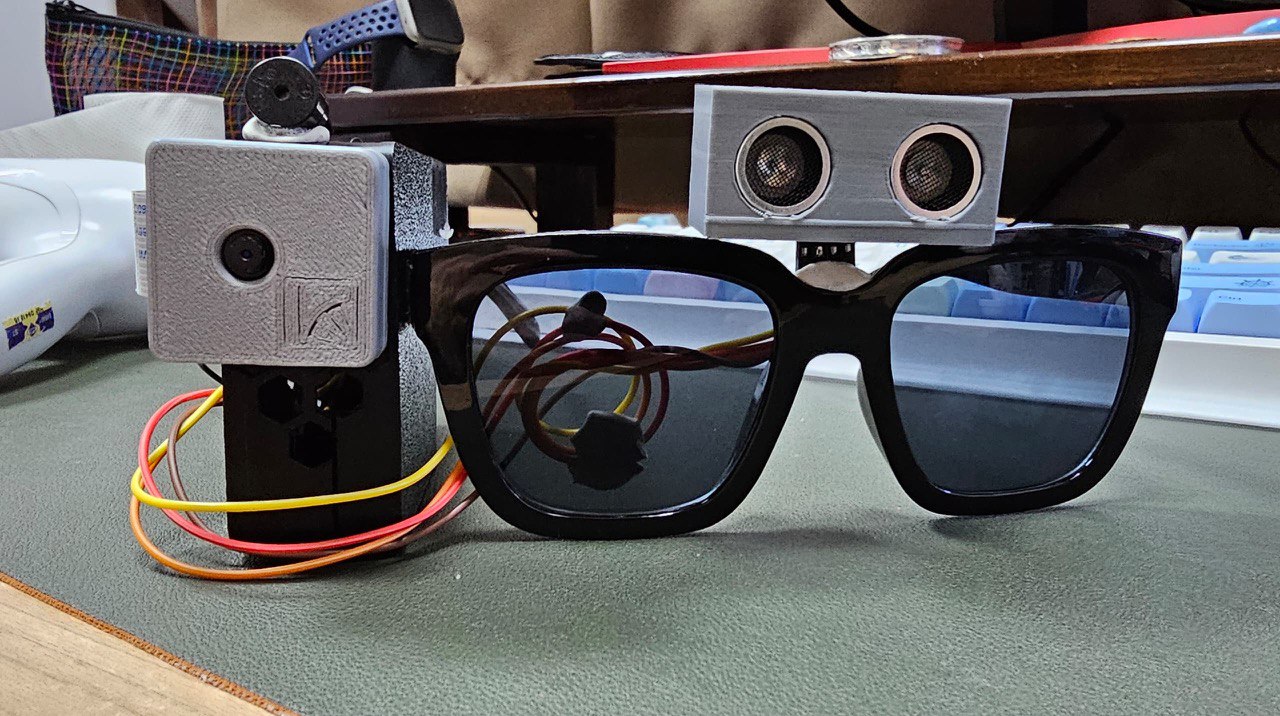Speech-to-Text Devices for Low Vision Users: Enhancing Communication and Productivity
Speech-to-Text Devices for Low Vision Users: Enhancing Communication and Productivity
Blog Article
Cutting-edge Solutions in Assistive Modern Technology for Visual Disability
The landscape of assistive innovation for visual impairment is progressing quickly, presenting an array of cutting-edge services that improve access and freedom. From advanced smartphone applications that facilitate navigating to wearable devices created for real-time advice, these tools are improving the experiences of those with visual disabilities.
Advancements in Smartphone Applications
Over the last few years, developments in smart device applications have considerably changed the landscape of assistive technology for individuals with visual disabilities. These applications leverage the effective sensors and abilities of contemporary smartphones to provide individuals with tools that improve self-reliance and accessibility in their day-to-days live.
Notable amongst these developments are applications developed for item acknowledgment, which make use of the smartphone's camera to determine products and provide spoken descriptions. Such functions encourage users to navigate their environments extra properly, whether recognizing products in shops or situating personal items at home. Furthermore, text-to-speech applications have actually enhanced dramatically, enabling individuals to catch published text via their device's video camera and obtain instant audio responses, thereby facilitating reading and understanding.
Community-driven applications have actually fostered social interaction and resource sharing amongst people with aesthetic impairments, producing an encouraging network that enhances their quality of life. Generally, smart device applications have actually become essential allies in promoting freedom and availability for people with aesthetic disabilities.
Wearable Devices for Navigation
Wearable tools for navigating have actually emerged as a groundbreaking solution for individuals with visual disabilities, offering hands-free help that boosts mobility and alignment. These gadgets normally utilize sophisticated innovations, consisting of GPS, ultrasonic sensing units, and synthetic knowledge, to provide real-time feedback and instructions to customers as they browse their setting.
One notable instance of wearable navigating modern technology is wise glasses, which can discover barriers and relay auditory or haptic feedback to the user, permitting efficient and secure movement in different setups. Other gadgets, such as belts and vests equipped with sensors, can likewise inform users of their surroundings by supplying signals about close-by objects or modifications in surface.
Furthermore, numerous wearable gadgets integrate with mobile phone applications, allowing users to customize their navigating preferences and get customized path tips. This customization can significantly enhance the individual experience, equipping people to travel with greater self-confidence and freedom.
As modern technology proceeds to develop, the possibility for wearable navigating devices to improve the lifestyle for individuals with aesthetic problems stays substantial, leading the way for more comprehensive and accessible atmospheres.
Smart Home Modern Technology Assimilation

In addition, clever home appliances furnished with tactile user interfaces or auditory feedback provide instinctive interactions that cater particularly to the requirements of those with aesthetic disabilities. Smart refrigerators can introduce their components and expiry dates, while clever stoves can guide customers with the cooking procedure with audio directions.
Home automation systems, such as wise doorbells and safety and security video cameras, use satisfaction by enabling customers to obtain informs and access live feeds using their mobile phones, enhancing individual safety and security (AI-powered visual aids). Furthermore, integration with smart devices and tablet computers ensures that individuals can manage their home atmosphere from anywhere within their premises
As clever home technology remains to evolve, it holds the prospective to transform the living experiences of people with visual problems, promoting independence and boosting lifestyle in an increasingly connected world.

Educational Equipment and Resources
Accessibility to effective academic tools and resources is important for individuals with visual problems, as it encourages them to engage fully in their learning experiences. Different assistive innovations have been developed to boost additional hints access and foster independent learning.
Additionally, educational software application particularly developed for visually damaged customers uses attributes such as high-contrast modes and customizable message sizes. These devices suit varied learning designs and ensure that pupils can customize their academic experience to their requirements.
Moreover, accessibility to audio publications and virtual libraries broadens the variety of available discovering materials, enabling trainees to explore topics detailed without the limitations enforced by typical print resources. Joint platforms that integrate accessibility functions also promote group projects, making certain that aesthetically impaired pupils can contribute meaningfully along with their peers.
Neighborhood Assistance and Involvement
A durable network of neighborhood assistance and interaction is necessary for people with visual problems, cultivating a comprehensive atmosphere where they can thrive. Area companies, regional campaigning for teams, and volunteers play an essential duty in providing resources, info, and friendship, which are vital that site for enhancing the lifestyle for those influenced by visual disabilities.
Engagement tasks such as workshops, social occasions, and support teams not just promote skill growth but additionally promote social interaction, reducing sensations of seclusion. These initiatives encourage individuals to share experiences, challenges, and successes, consequently reinforcing neighborhood bonds. In addition, partnerships with local organizations can cause greater accessibility in public spaces, better integrating people with visual impairments right into the neighborhood.
Technology also improves community engagement through online platforms that provide virtual assistance groups and resources, permitting people to connect no matter geographical barriers. By using both electronic and in-person services, areas can develop a comprehensive assistance network. Inevitably, promoting partnership among various stakeholders-- consisting of households, educators, and medical care specialists-- makes certain that individuals with aesthetic problems receive the holistic support needed to navigate life successfully and with dignity.
Final Thought
Cutting-edge options in assistive technology for visual impairment considerably enhance the high quality of life for individuals facing these challenges. The assimilation of mobile phone applications, wearable devices, clever home innovation, and educational devices cultivates better freedom and availability.
The landscape of assistive innovation for aesthetic impairment is developing quickly, offering an array of cutting-edge remedies that boost accessibility and independence. Community-driven applications have fostered social interaction and source sharing among individuals with visual disabilities, creating a helpful network that improves their high quality of life. Overall, mobile phone applications have actually become essential allies in promoting freedom and ease of access for people with aesthetic problems.
Several individuals with visual disabilities are discovering why not try these out better autonomy via the assimilation of wise home innovation.Cutting-edge remedies in assistive technology for visual impairment significantly enhance the quality of life for people encountering these difficulties.
Report this page